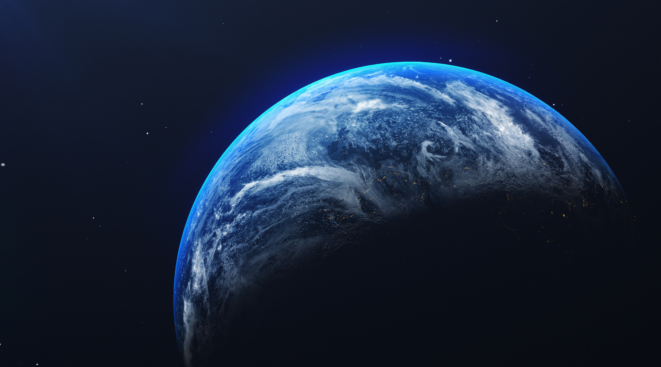Geologists are ‘rockstars’, somewhat distinct from their guitar-strumming, long-haired counterparts, but with much more intimate knowledge of the literal ‘rock’ aspect of the industry. Now, a crossover between these (extremely) dissimilar fields may be on the horizon.
Geologists may not be able to lead audiences in a pleasant head-banging routine, but a crossover between these (very) dissimilar fields may be on the horizon. Scientists will create ‘rock’ audio.
This ‘concert’ will feature seismic waves as the main attraction of a live flute performance. This marvelous experiment is scheduled to occur on Tuesday, May 9th. According to reports, Dr. Domenico Vicinanza of Anglia Ruskin University in the United Kingdom will use a computer program he created to convert real-time seismic data into a musical score.

The tremors will be turned into flute music and performed at an upcoming event.
The documented data will come from a seismograph in Yellowstone National Park in the United States. Seismic data will be transformed into musical notation.
“I am essentially mapping the [amplitude of the] vibrations and oscillations to [notes],” he told The Guardian, as cited in the publication.
Dr. Alyssa Schwartz, a visiting assistant professor of flute and musicology at Fairmont State University, will perform the musical composition generated by the computer program live on stage.
This experiment is being conducted in Atlanta, Georgia, as part of the 2023 Internet2 Community Exchange conference.

So how will seismic activity, which is typically a negative occurrence for residents, produce music?
Yellowstone National Park contains volcanic terrain. As the amplitude of the volcanic vibrations increases, so will the musical notes. If the seismograph data indicates dramatic oscillations, they will be reflected in the melody.
Dr. Vicinanza, as quoted by The Guardian, stated, “I’m fairly certain I’ll find something interesting because there is always some sort of [seismic] activity [at Yellowstone].”
“Nearly fifty percent of earthquakes occur in clusters,” said Vicinanza. “Therefore, it’s a fantastic playground for any scientist interested in seismology, geophysics, mechanics, or, like me, data science and music, because it’s so unique.”
Vicinanza is a composer, physicist, and auditory display researcher. He has conducted similar experiments in the past. Previously, he composed a composition of music using 37 years’ worth of data collected by the Voyager 1 and 2 spacecraft, humanity’s farthest-traveling spacecraft.

